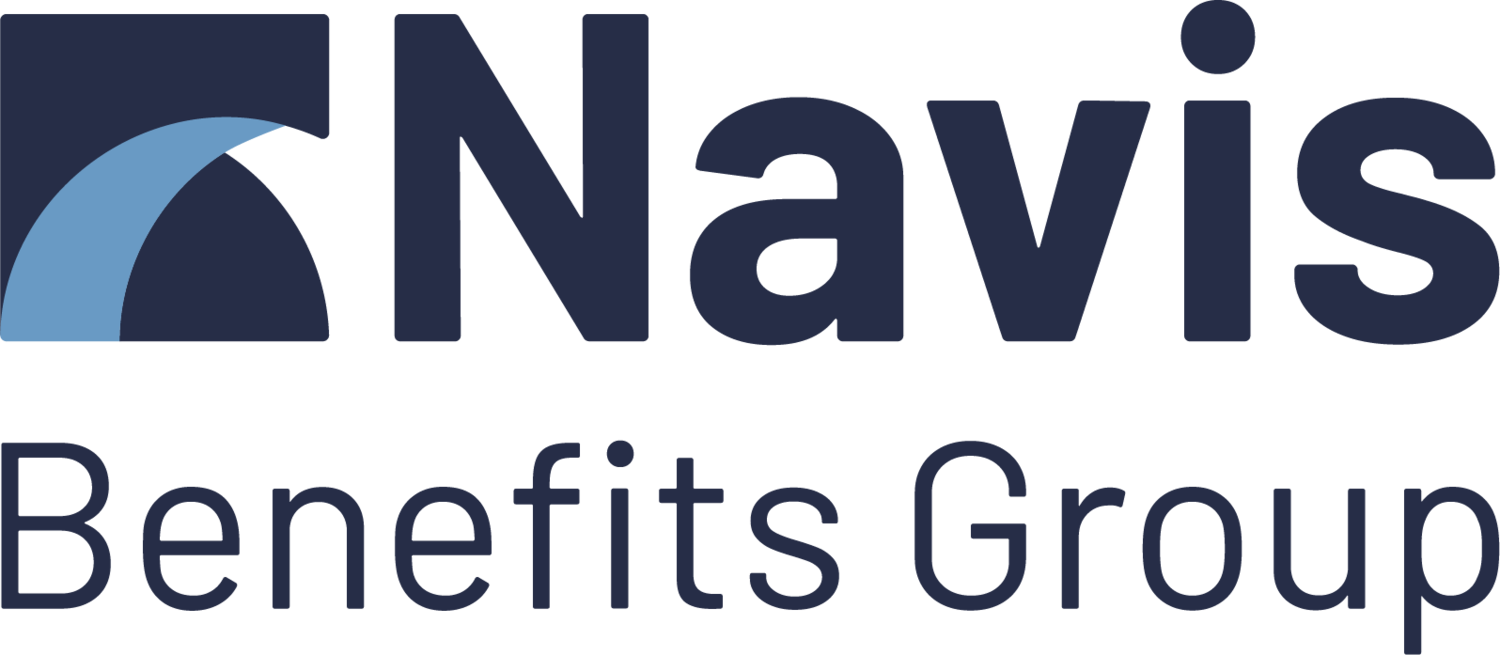Overcoming a Financial Wellness Barrier
Financial Wellness can mean MANY things… The term “financial wellness” has been on the mind of Employers and Working Americans for quite some time. However, the term hasn’t been a top subject of conversation in the Employee Benefits space, until recent years.
Taking center stage in the financial wellness conversation, by no surprise, is the paycheck. Said simple: income. The ability to generate an income is the foundation of all things financial. This includes the ability to pay bills, provide for the household, generate savings, save for retirement, pay for medical expenses, save for school, and live a rewarding lifestyle.
Protecting the ability to generate an income, can take on many forms. Preserving your health with good medical coverage and healthy habits; replacing lost income in the event of death; and replacing lost income due to a disability, are three primary pillars to achieving financial wellness.
Most employers offer good medical insurance and employ wellness programs designed to help employees make healthier decisions and live healthier lifestyles. By doing so, employees are less likely to die prematurely, or become disabled. But - health insurance does not protect or replace lost income due to death or disability.
Employees generally accept the fact that there’s a 100% chance of death. As such, the idea of buying life insurance – or supplementing basic employer-paid life insurance – is an easy concept to grasp.
As it relates to protecting or replacing lost income during the working years, Americans have a 4 times greater chance of becoming disabled for over 90 days, than dying. During the working years, an American has a 25% chance of being disabled for over 90 days. And, when a disability last more than 90 days, the average duration of a disability is 2.5 years for the rank and file employee, and over 4.5 years for the highly compensated employee. The exposure to lost income when disabled is significant, and perhaps the greatest threat to achieving financial wellness.
Yes, Employers most employers offer Group Long Term Disability Insurance (LTD) to help employees replace lost income in the event a disability lasts longer than 90 days.
But - 100% of the time, the Group LTD plan is deficient in protecting all employees, at a high enough level of coverage. Guaranteed.
An income replacement audit will paint a very clear picture of the Group LTD plan’s deficiencies.
To start, most Group LTD plans provide an income replacement percentage of 60% or less. Most plans are employer-paid, resulting in a taxable benefit. This means that a 60% benefit, after taxes, results in about 43% of income replaced (using a 28% tax bracket). Using the same tax bracket, this employee would expect to take home 72% of gross pay, when health. That’s almost a 30% shortfall!
Next, Group LTD plans have monthly benefit maximums, limiting the amount of monthly disability benefit an employee receives. Typical Group LTD benefit maximums are limited to $5,000/month, and $10,000/month. With a $5,000/monthly Group LTD benefit maximum, employees earning over $100,000 would receive LESS than 60% replacement. This is before any taxation of benefits.
Let’s not forget about bonus or incentive compensation. Bonus and other forms of incentive compensation have become increasingly common and a larger portion of the total compensation figure. Yet, by design, almost 78% of Group LTD plans do not cover bonus compensation.
What can Employers do, to address this overlooked barrier to employees achieving Financial Wellness?
Employers can offer a Supplemental Income Protection (IDI), also known as Supplemental LTD benefit. These plans can be employer-paid, and offered at a cost less than 1% of payroll. Or can be offered on an employee-paid basis, via payroll deduction.
Equally as important, as a part of an employer-sponsored Supplemental Disability Insurance (IDI) program, employees will have access to an educational platform, providing a personalized income assessment, and tools to help employees assess their own financial situation. These are unique and separate tools from a Benefit Enrollment or Benefit Administration platform, which generally fail to provide any sort of education or tools as relates to income protection.
The income protection focused site is an interactive, responsive, and engaging tool that helps individuals better understand how Supplemental Disability Insurance (IDI) can work to provide more income replacement during a disability — and allows them to easily enroll in a few short steps.
Supplemental Disability Insurance should be a focus of every Employer’s Financial Wellness strategy, and include interactive decision support tools, to include a personalized income assessment.
Navis Benefits Group specializes in Supplemental Disability Insurance programs, and partners with Employee Benefit Firms and Employers to design, install, and administer these programs. Navis is here to help!
